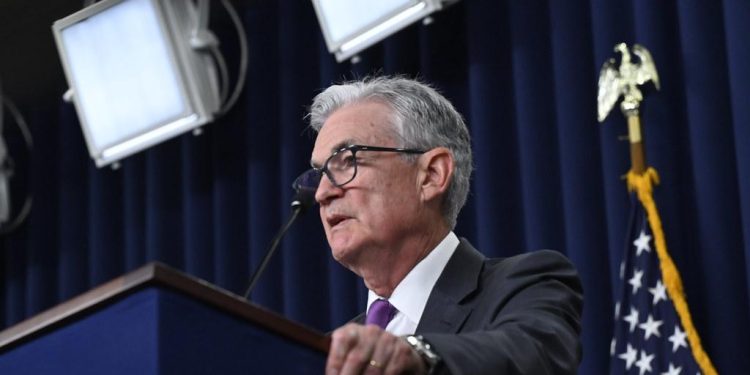Last Thursday, Bloomberg reported that federal regulators are preparing a proposal to force US banks to utilize the Federal Reserve’s discount window in preparation for future bank crises. The aim, notes Katanga Johnson, is to remove the stigma around tapping into this financial lifeline, part of the continuing fallout from the failures of several significant regional banks last year.
This new policy is reminiscent of the Fed’s actions during the 2007 financial crisis, where financial authorities encouraged large banks to tap into the discount window, taking loans directly from the Federal Reserve, to make it easier for distressed banks to do the same. The hesitancy from financial institutions to tap into this source of liquidity is justified. If the public believes a bank needs support from the Fed, it is rational for depositors to flee the bank. The Fed’s explicit aim is to provide cover from at-risk banks, trying to hold off bank runs that are an inherent risk in our modern fractional reserve banking system.
By strong-arming healthy banks to comply, the Fed is escalating moral hazard and leaving customers more vulnerable. They are deliberately trying to remove a signal of institutional risk.
The regulator’s concerns about bank fragility are justified. The Fed’s low-interest rate environment meant financial institutions seeking low-risk assets bought up US treasuries with very low yields. As inflationary pressures forced rates upward, the market value of these bonds decreased in favor of new, higher-yield bonds. It was this pressure that sparked the failure of Silicon Valley Bank last year.
Additionally, the state of commercial real estate is a further stress for regional banks, which are responsible for 80 percent of such mortgages. In the previous low-interest rate environment, investors viewed commercial real estate as “a haven for investors in need of reliable returns.” Unfortunately, this same period experienced major changes in consumer behavior. Online shopping, remote work, and shared office space increased at the expense of traditional brick-and-mortar locations. Covid lockdowns only further amplified these trends.
As a result, commercial real estate debt is viewed as one of the most dangerous financial assets out there today, sitting right on the balance sheets of regional banks across the country.
These stresses have had a major impact not only on this latest policy from federal regulators but the depth of their response to last year’s failures. Following the failure of SVB, the Fed created the Bank Term Funding Program, which allowed banks and credit unions to borrow using US Treasuries and other assets as collateral. This emergency measure reflected fears of other banks being at risk. The Fed has signaled its willingness to let this program expire in March, with the aim of transitioning banks to increasing their use of the discount window.
While the actions of the Fed and financial regulators illustrate real concerns about the health of US banks, these same institutions have projected bullish optimism about the state of the economy in public. Fed Chairman Jerome Powell and Treasury Secretary Janet Yellen have consistently described the US economy as “robust” over the last few months, a view not shared by the majority of Americans. Additionally, Powell proclaimed victory over inflation this past December, even while the Fed’s preferred measures remain well above their 2 percent target, in stark contrast to his previous statements about the necessity to aggressively tackle inflation at the risk of it becoming normalized.
The shadow of politics obviously can’t be decoupled from the rosy statements from government officials on the economy, particularly going into a presidential election year. Another motivation for projecting economic strength, however, is to re-arm the Federal Reserve’s policy arsenal. While the projections of Fed officials for rate cuts in 2024 have been packaged as reflecting the growing strength of the US economy, the reality is that the Fed desires the option to lower rates as a response to financial distress. The Fed has proven time and time again that if given the choice between forcing Americans to suffer from the consequences of inflation or bailing out the financial system, it will choose the latter.
With the 2024 election in full swing, Americans will be consistently bombarded with political lies and false promises, not just from politicians but from government agencies and the central bank. While we can expect another ten months of being told how strong the economy is, the actions being taken behind the scenes tell a very different story.




